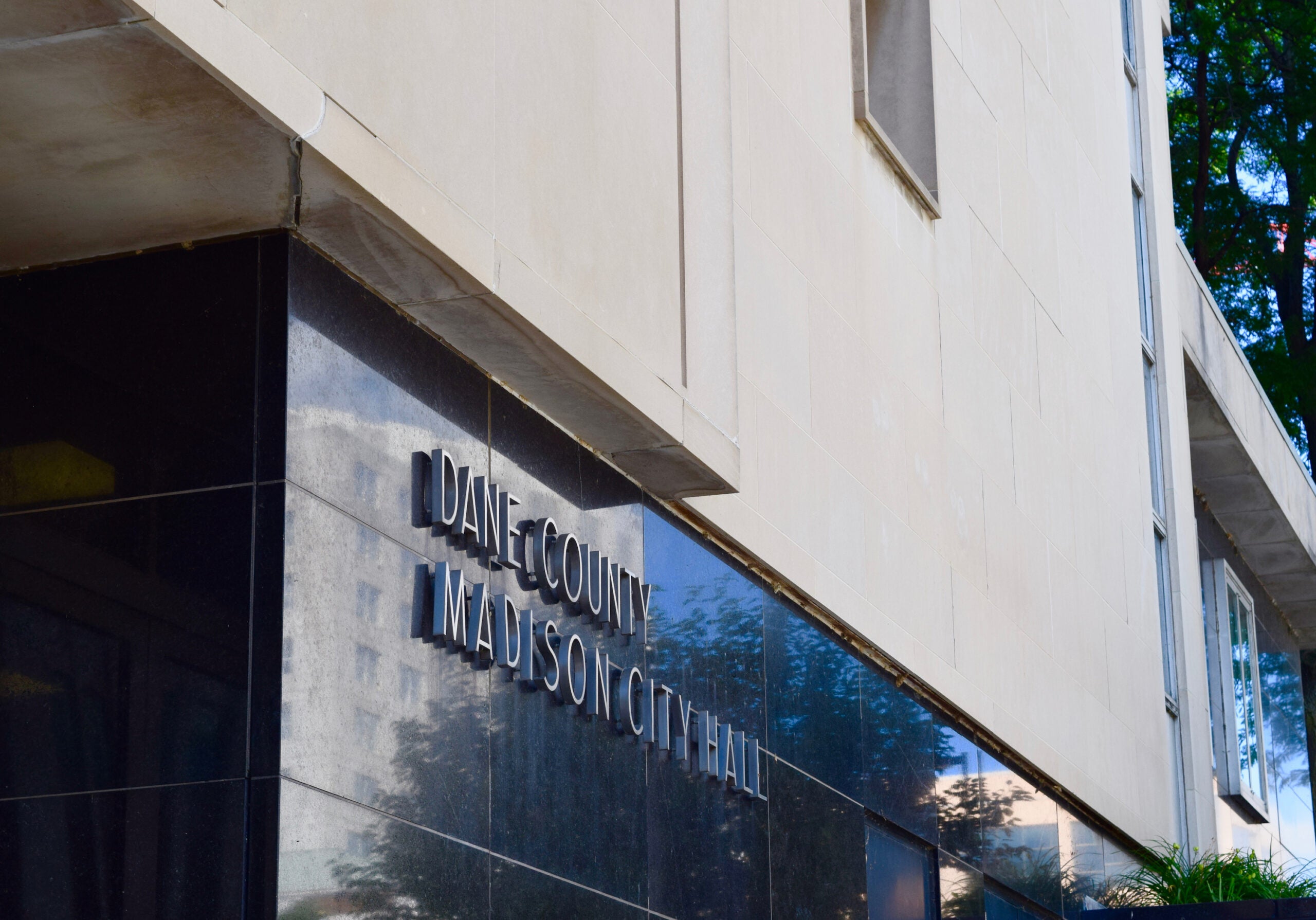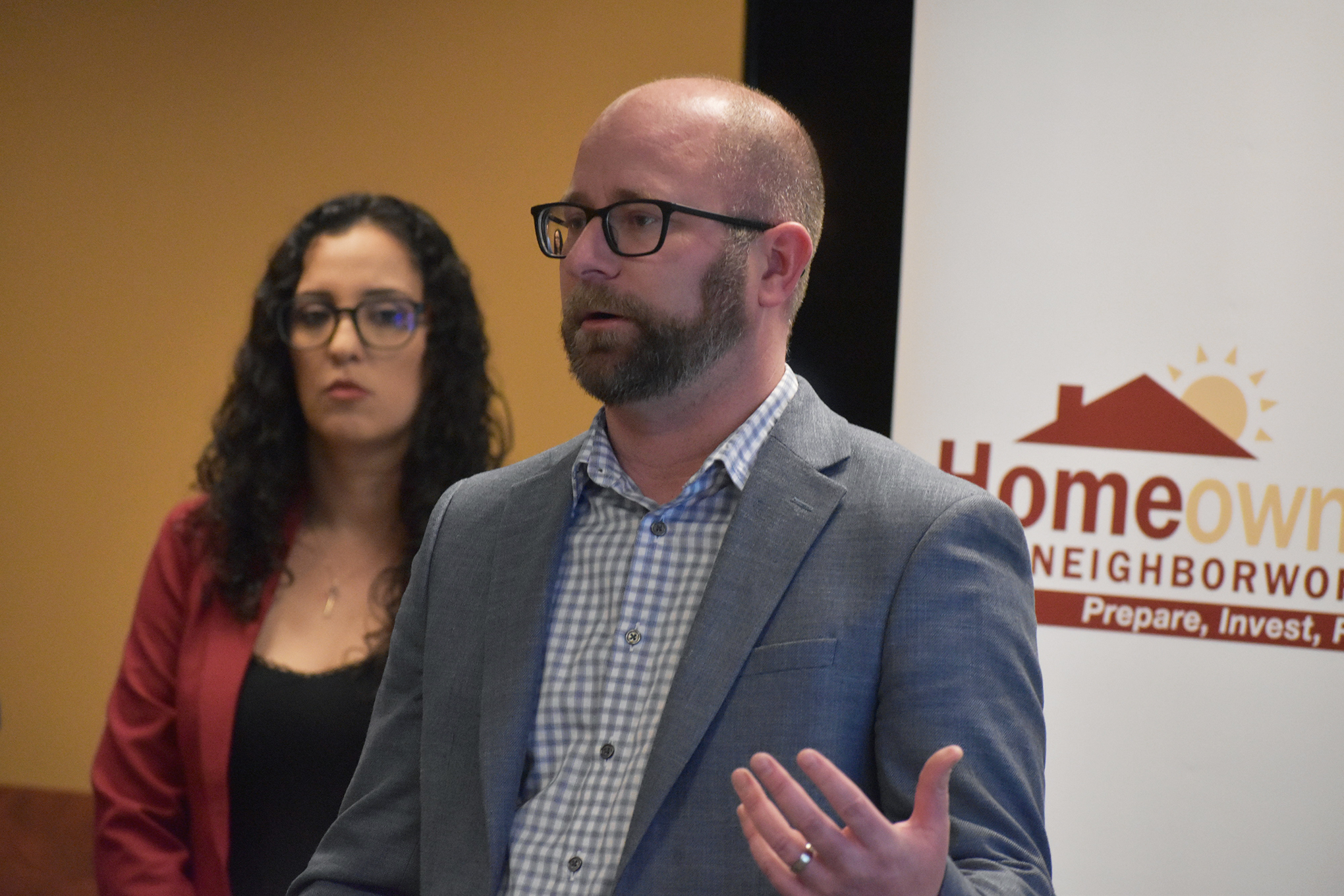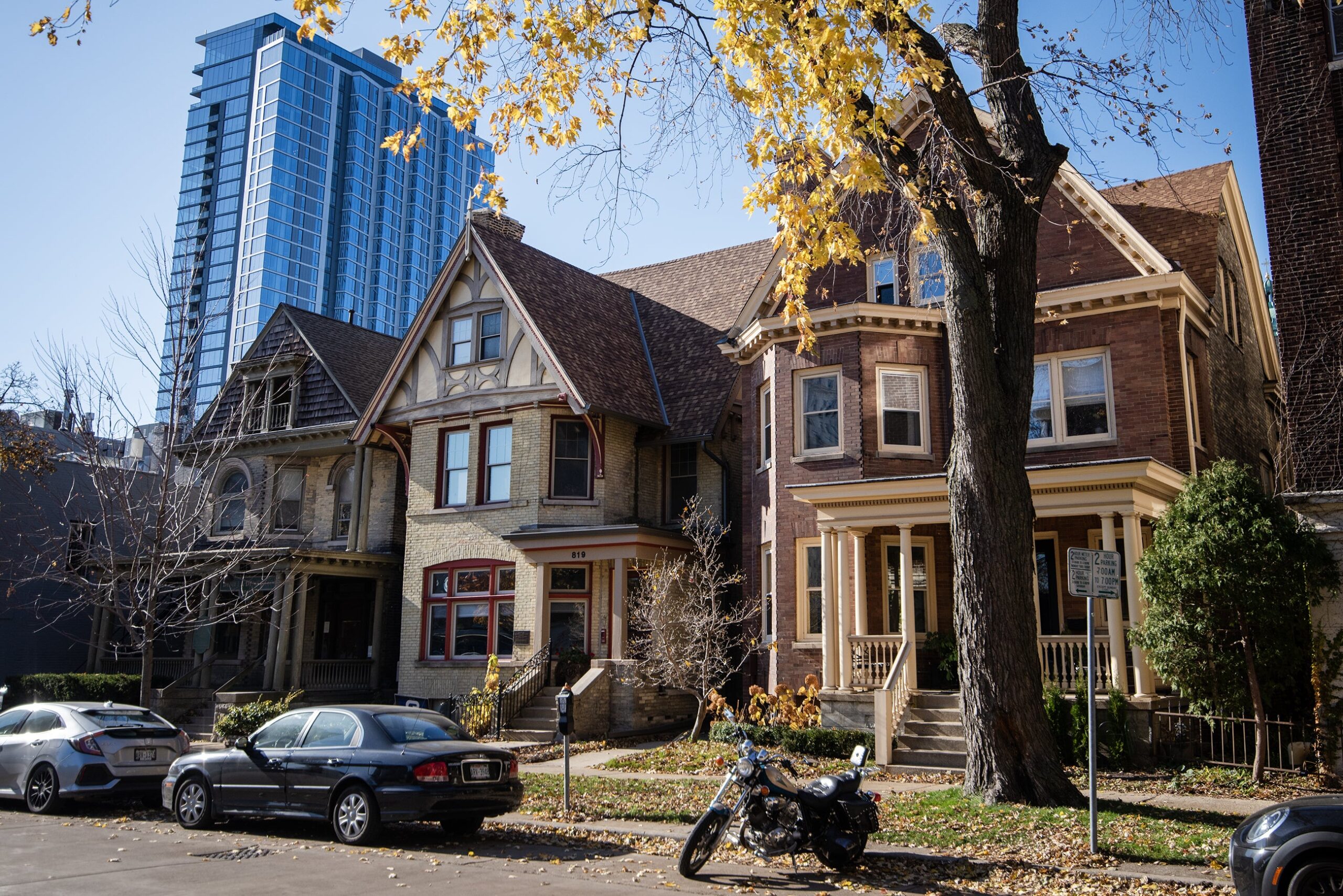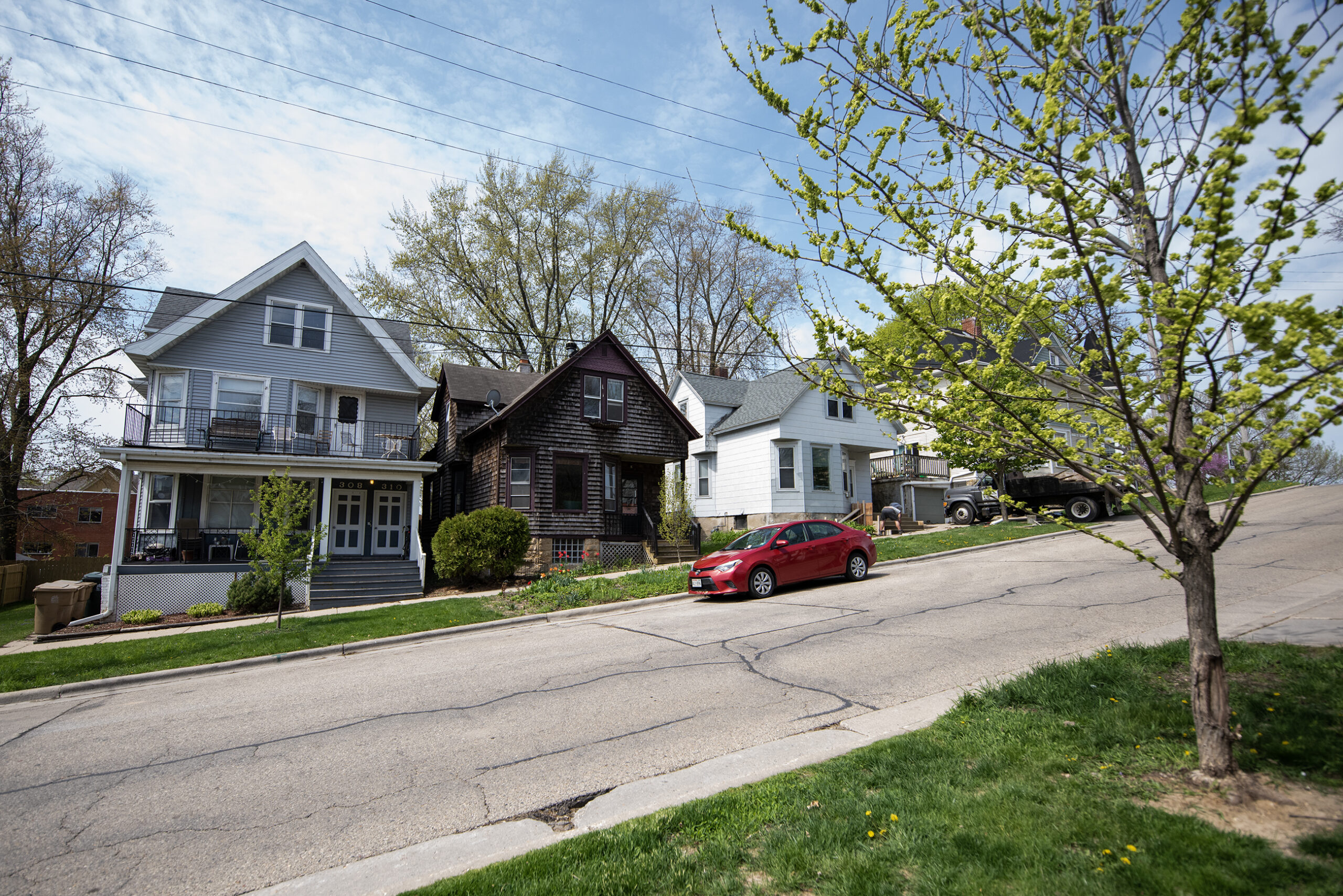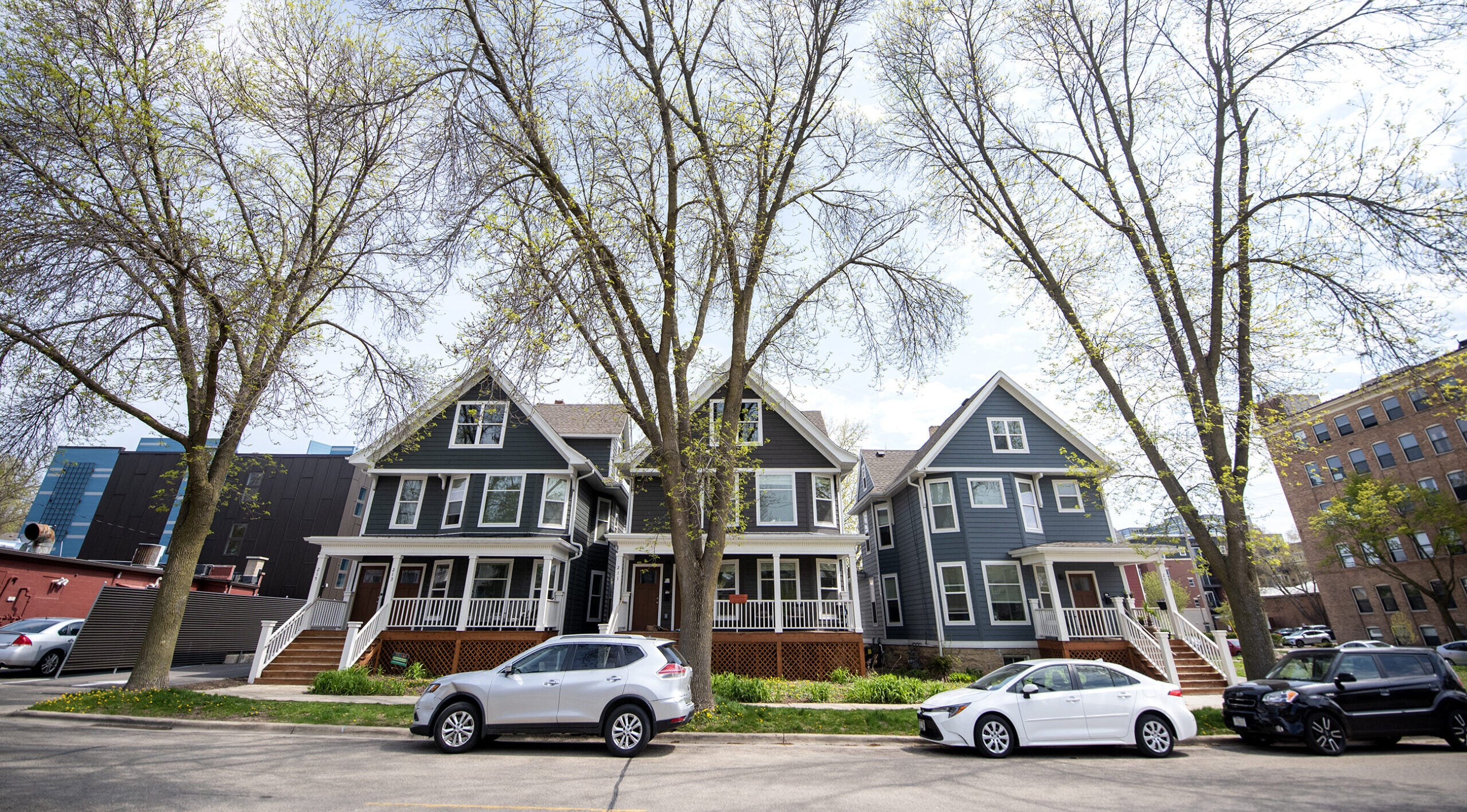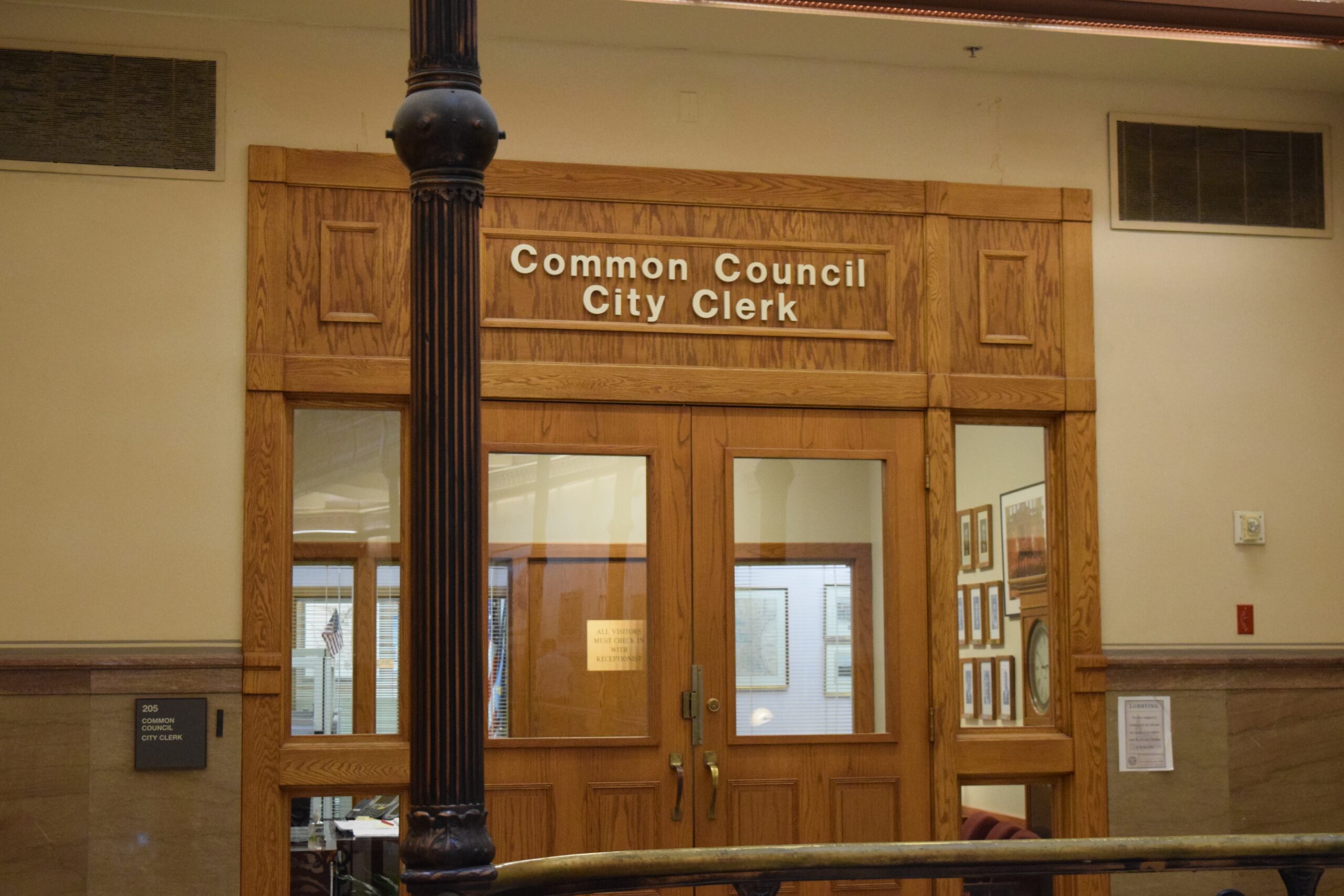After hours of debate Tuesday night, Madison’s Common Council approved zoning changes that aim to allow more housing near public transit.
The “transit-oriented development overlay district” will enable higher-density zoning, a shift that backers call overdue as Madison contends with a growing population and prepares for the introduction of a new public transporation system called bus rapid transit.
Officials mapped out the new district to include parcels within a quarter mile of bus rapid transit lines. Within that zone, buildings can be taller in certain areas and housing limits are increased, such as by allowing single-family homes to be converted into duplexes. The amendments also lift parking minimums, prohibit parking spaces from being located between a building and a street and require new non-residential buildings (or residential buildings with at least two units) to be built closer to the street with an entrance facing that main street — changes that supporters say will be more friendly to pedestrians instead of cars.
News with a little more humanity
WPR’s “Wisconsin Today” newsletter keeps you connected to the state you love without feeling overwhelmed. No paywall. No agenda. No corporate filter.
But elements of the plan proved controversial — particularly its inclusion of portions of national and local historic districts within the overlay. An earlier of version of the plan excluded those districts, prompting resident Marci Fritts-Newbury to accuse the council of a “bait and switch.”
Fritts-Newbury expressed concern about how more permissive zoning would affect areas near the University of Wisconsin-Madison and Edgewood College, adding that opening more rentals to “well-heeled students” wouldn’t improve affordability.
“That will not lower the price of housing,” said Fritts-Newbury, who told the council she doesn’t live in a historic district. “It will lower the quality of life for people who are already there. It takes frankly a lot of love and effort to maintain a 90-year-old house, even if it’s not up to standards of historic district designation.”
Alder Tag Evers introduced an amendment that would have required a property owner to live in one unit of a duplex within the overlay district, but that amendment failed. Evers, who cited worries about “real estate speculation,” was supported by several alders who complained about absentee landlords not maintaining their properties and exploiting tenants.
But Alder Keith Furman says that failed proposal would only have weakened transit-oriented development by making it more onerous to add housing.
“Some people feel like they’ve got theirs, and they’re not interested in changing the character of their neighborhood because they’re good,” Furman said. “Let’s be realistic, folks. We’re in a housing crisis.”
Furman was among the alders on the council’s Transportation Policy and Planning Board who voted to include national and local historic districts within the zoning overlay, a move supported by the city’s Planning Commission. Changes within local historic districts will still be subject to oversight under Madison’s Historic Preservation Ordinance.
Will Ochowicz leads Madison is for People, a local chapter of a national group that calls itself YIMBY Action as a repudiation of the anti-housing philosophy that’s often derived as “Not in My Backyard” or NIMBY. Ochowicz supports the transit-oriented development overlay, though he said it doesn’t go far enough.
“So much of the discussion around including historic districts in these overlay zoning has not been about the historic integrity of the buildings in those districts,” he told the council. “It is about the demographics of the people who are going to move in if duplexes are built or if small apartment buildings are built. Watch any of the meetings, and you’ll see what I’m talking about. It is very much about excluding renters.”
The rollout of the overlay coincides with the city’s plans to introduce bus rapid transit, a system that aims to shorten commute times by focusing on high-frequency routes. Roadwork for the project began last year, and city officials hope an East-West route will be online by late 2024.
Wisconsin Public Radio, © Copyright 2026, Board of Regents of the University of Wisconsin System and Wisconsin Educational Communications Board.
